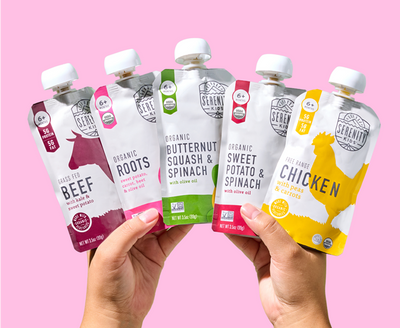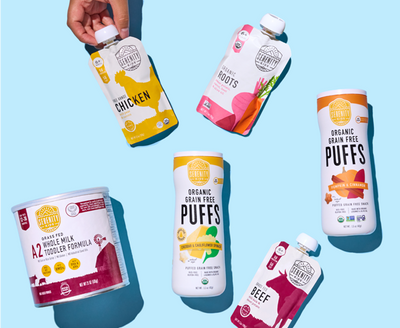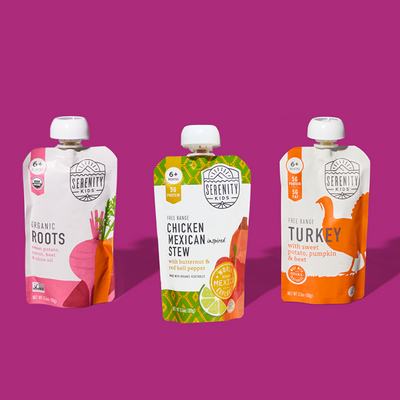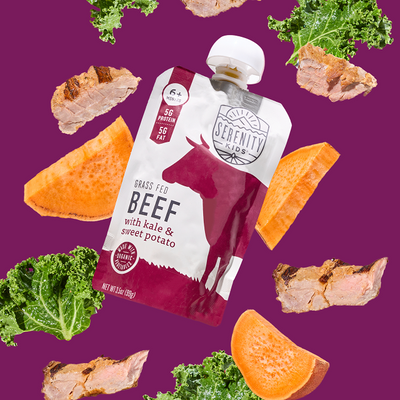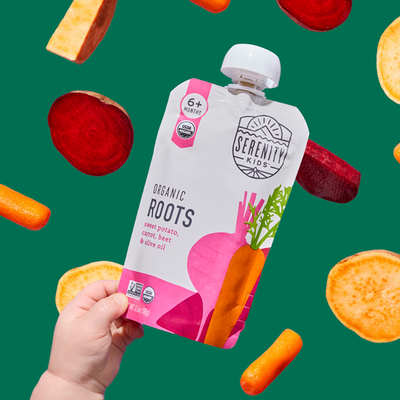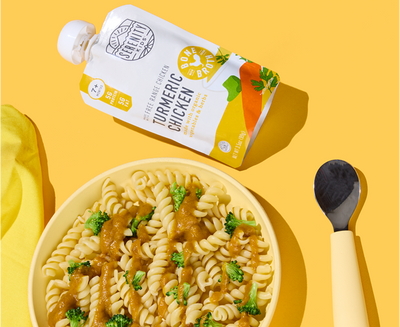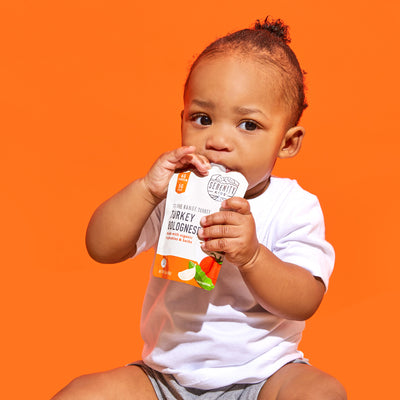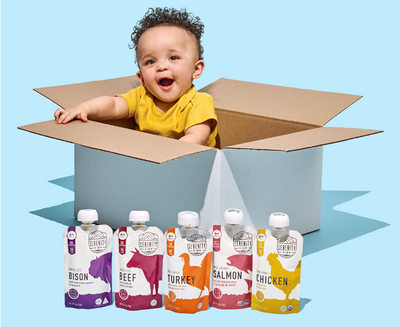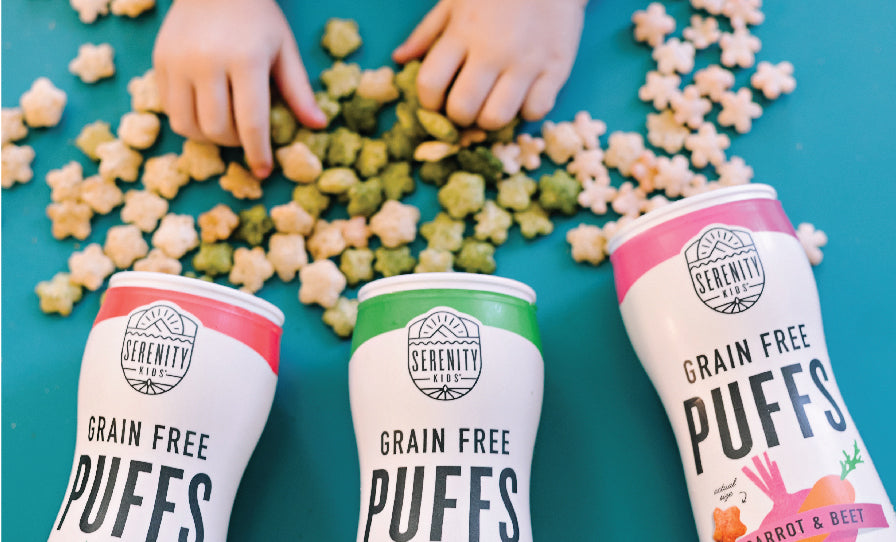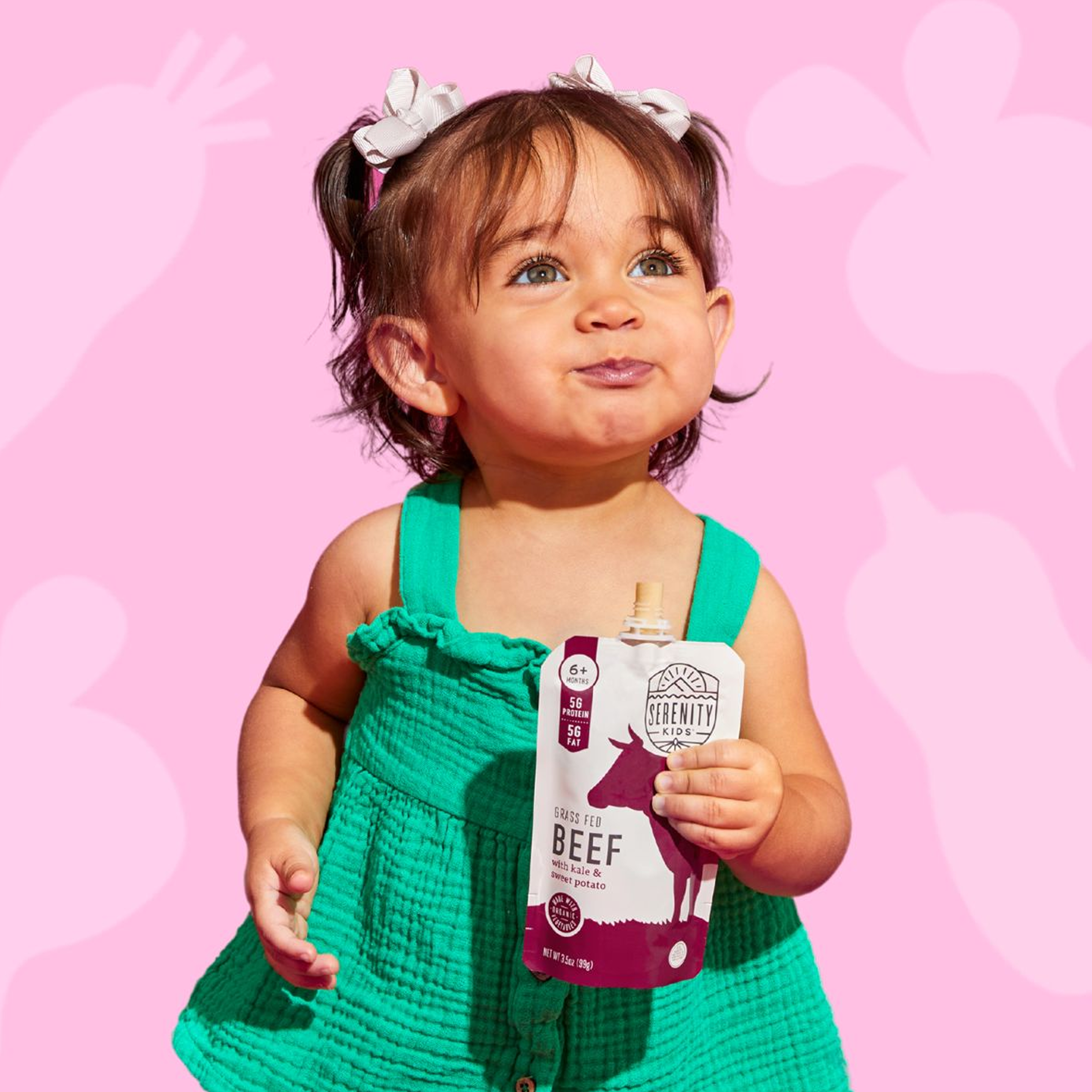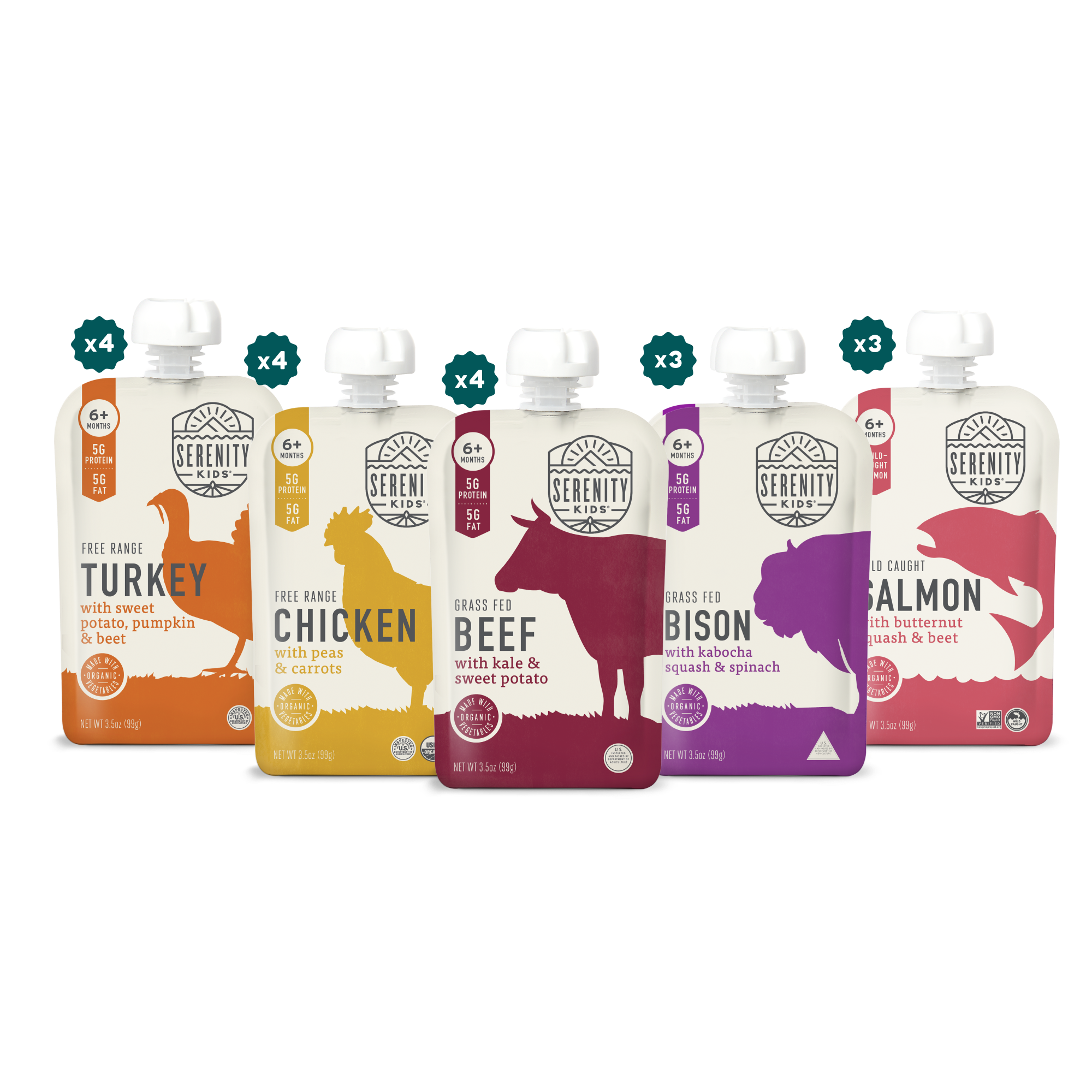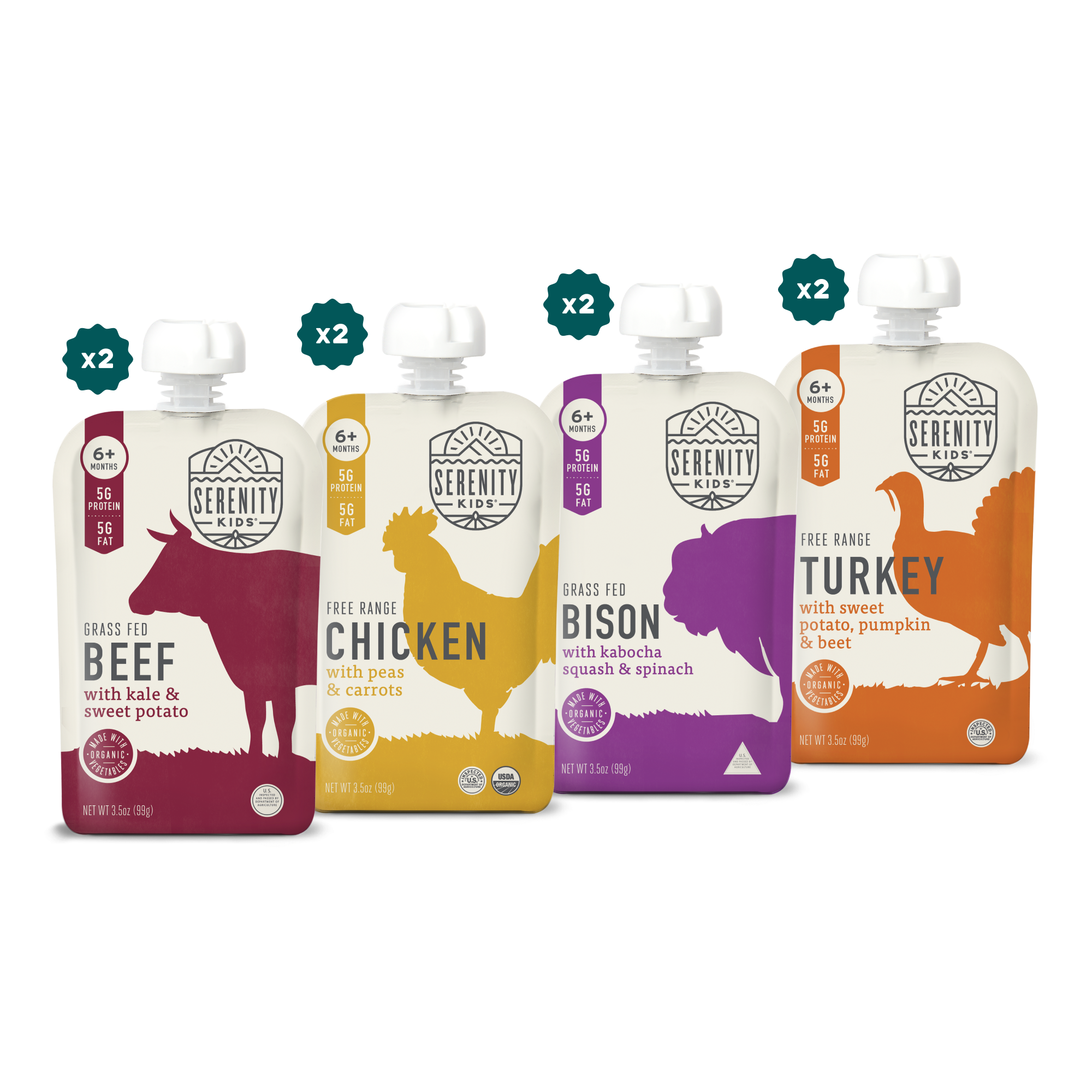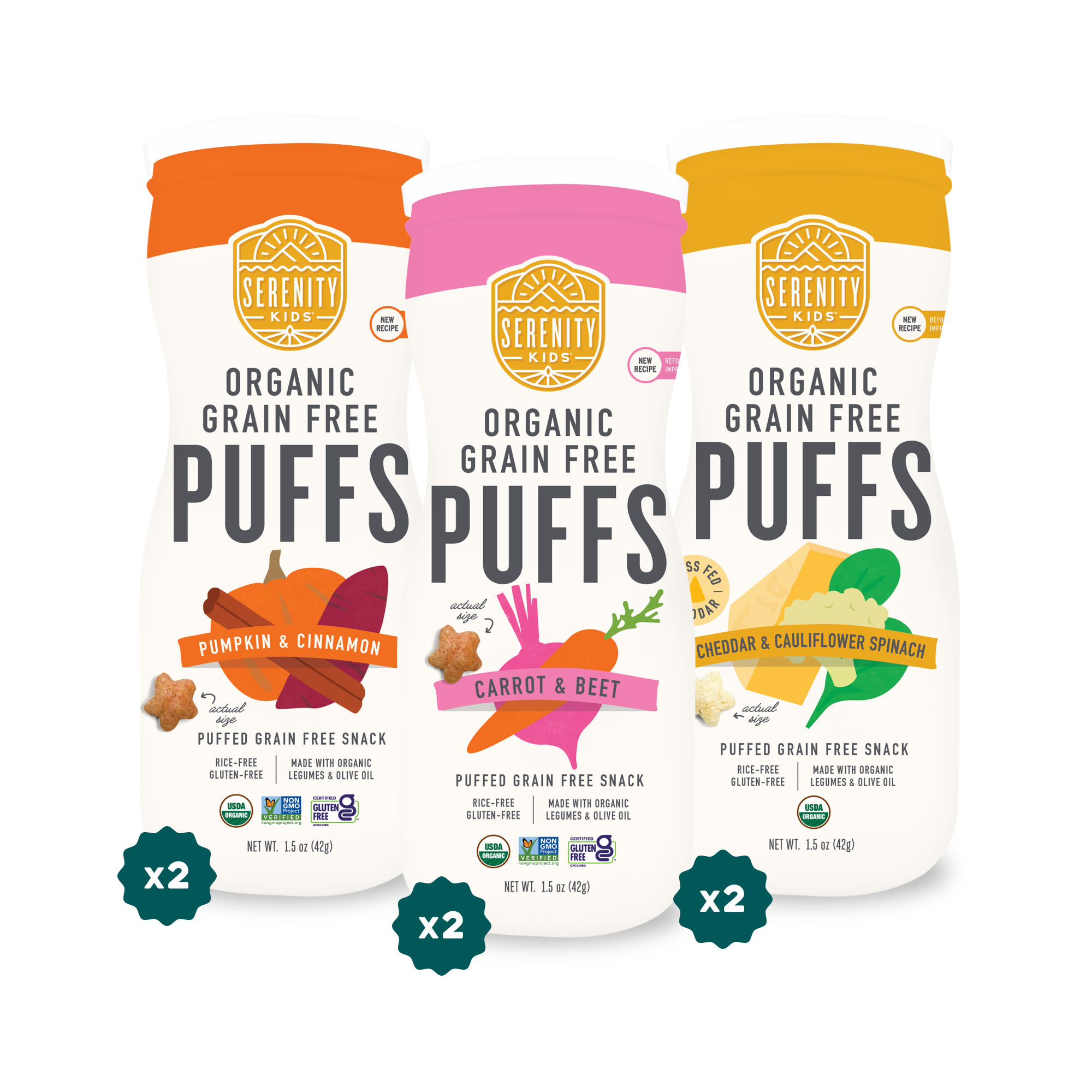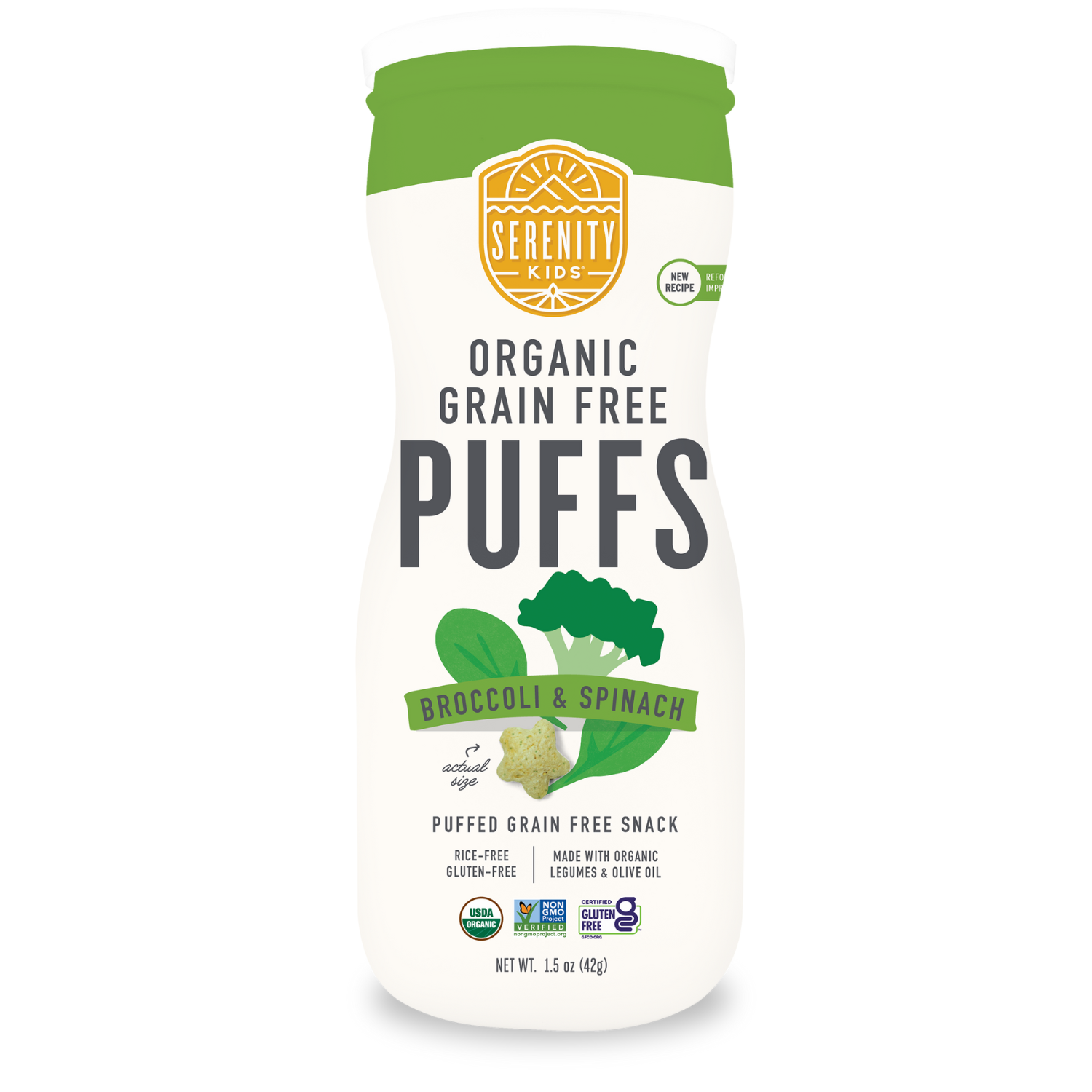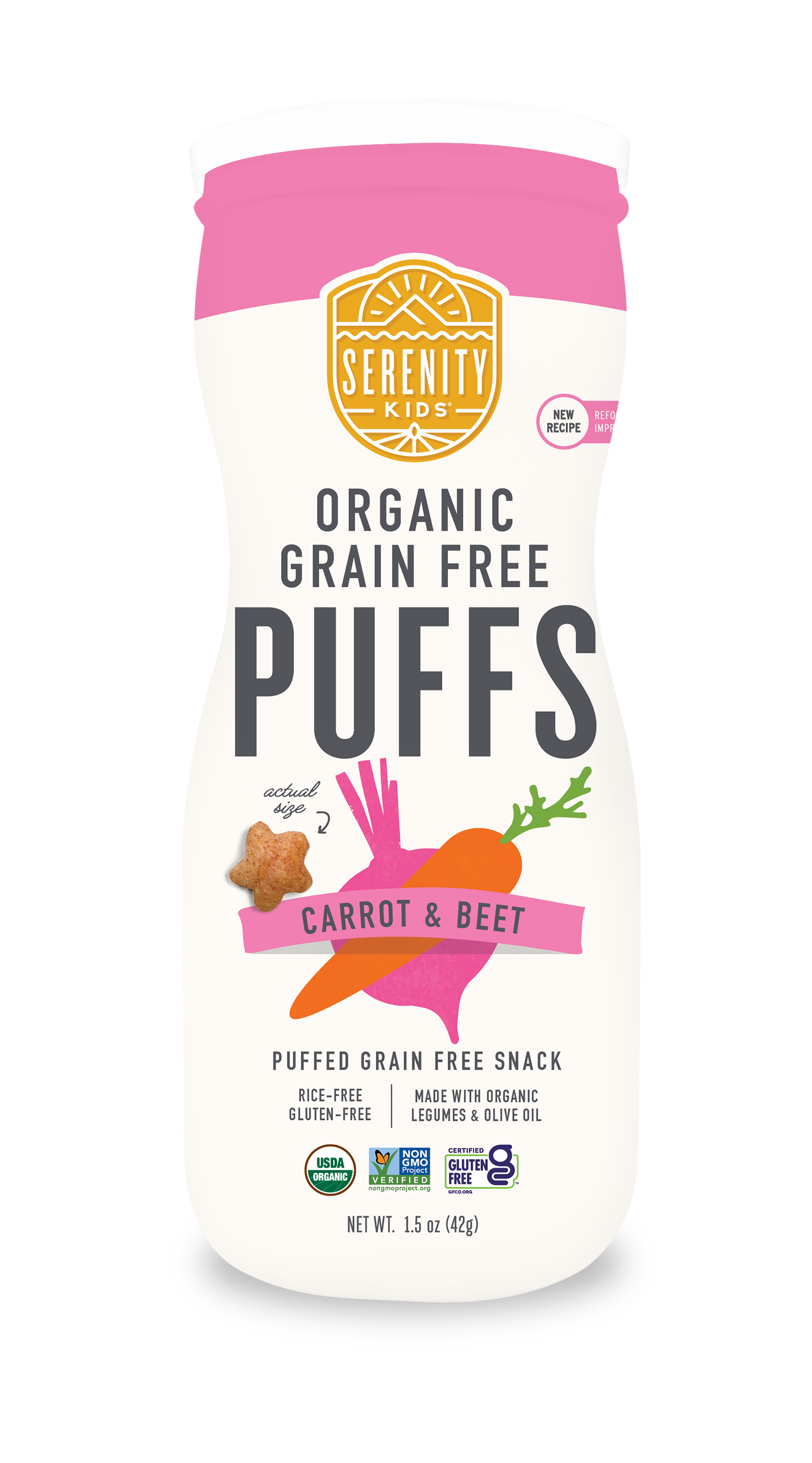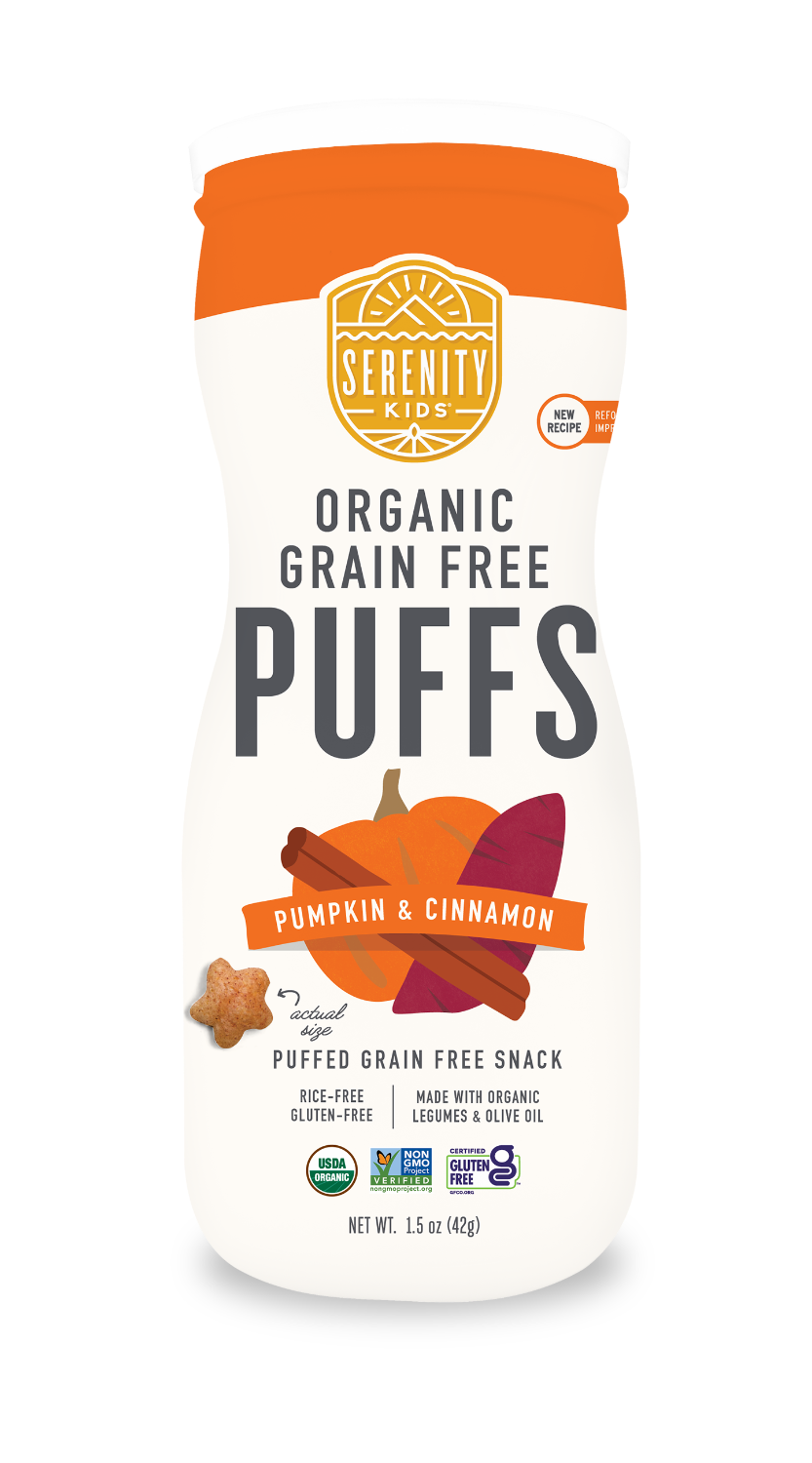I’ve had digestive problems my whole life. I remember one specific day - I must have been in my mid-20s, I went out for pizza and a beer, and afterwards my stomach bloated so much that I had to undo the button on my jeans. The puffiness was so noticeable that my friend laughed and told me I looked pregnant! It was so painful...
I had no idea it was grains that were making me feel so bad (and dairy, for that matter, but that’s a whole other post). I keep choosing to be grain free over and over, because when I don’t, I get a serious bellyache. I’ve also learned the health-depleting reasons behind the bellyache and don’t want any of that either. These reasons are why I don’t give grains to my 2-year old daughter, Della either.
But first, a biology lesson.
How nixing grains healed my digestion
I was desperate for a solution to my stomach pain and read this excerpt from Robb Wolf’s Paleo Solution on Tim Ferriss’ blog “How to Keep Feces Out of Your Bloodstream”. Here’s the gist of this super long and amazingly nerdy post that most new parents don’t have time to read:
- Grains are SUPPOSED to irritate the gut because that’s how they try to avoid being eaten by animals out in the wild. By being known to cause belly aches and thus not being eaten, grains increase their chances for survival to produce more offspring.
- Whole grains are especially bad because the germ (fiber) is what contains the most gut-irritating antinutrients. Refined, not whole grains have fewer antinutrients, but also have less nutrition than other foods like vegetables.
Many people have a negative reaction to gluten, a protein in wheat. In the 20th century, advances in farming led to the breeding of a new species of wheat that grows more easily but contains more gluten. In Grain Brain, Dr. Perlmutter writes that “structurally modified, hybridized grains contain gluten that’s less tolerable than the gluten that was found in grains cultivated just a few decades ago.” This “super gluten” is especially inflammatory.
Other reasons why I don’t give grains to Della
Poor Nutrition
Grains wreak havoc on the gut AND they don’t contain much nutrition. When every bite counts, filling my child’s plate with nutrient-dense foods like clean meats and veggies will give her a bigger bang for her nutritional buck.
Antinutrients
When eating whole grains at the same time as nutritious vegetables and animal proteins, antinutrients in grains can cause important nutrients to be lost. Research shows that antinutrients like phytic acid bind to minerals like iron, zinc, and calcium and keeps them from being absorbed by the gut.
You could eat a whole bunch of kale sandwiches and the grains in the bread could prevent absorption of the nutrients in the kale. So… no more kale sandwiches, ok?
Heavy Metals
Arsenic and other heavy metals are especially high in rice crops. These substances are known to be associated with an increased risk of bladder and lung cancers. According to a study by the FDA in 2016, completely eliminating rice from a child’s diet before 12 months might reduce their risk of these cancers by 6%.
In addition, heavy metals are considered neurotoxins and are bad for your kids brain, which affects- well everything really. Cognition, mood, and even personality. Keeping heavy metals out of Della’s food and drink is something our family works hard to do.
Pesticides
Using pesticides containing the chemical glyphosate on non-organic wheat crops became popular in the United States in the 1990s. Now, most wheat products are contaminated with this chemical and others like it.
Glyphosate and other pesticides were designed to kill bugs outside, but they could also be killing the good bacteria inside our intestines. Pesticides may even be connected to the rise of celiac disease and gluten intolerance in the U.S. Yuck! Definitely don’t want to take that chance with my baby.
Vegetables: Our Favorite Alternative!
Grains act as fillers that can crowd out other, healthier foods in our diets. The lower nutrient levels and higher risks of eating grains led me to look for alternative carb sources that taste great. Enter starchy veggies!
Introducing babies to vegetables not only provides them with nutrients but also helps expand their palate so that they like the taste of veggies later in life.
Here are some ways to incorporate vegetables rather than grains in your child’s diet:
- Make vegetable-based “rice” by using cauliflower, broccoli, or squash.
- Replace flour in recipes with non-grain flours, like cassava flour, coconut flour, almond flour, or tapioca (derived from cassava).
- For noodles, spiralize veggies or use grain-free pastas. We love the gluten-free pastas by @Bentilia.Pasta!
- Replace other pastas with steamed veggies.
- Use nutrient-rich bone broth as a base for herbs and veggies.
Introducing Our New Grain Free Puffs

As Della grew from a baby into a toddler and increasingly wanted finger foods, I struggled to find convenient, grain-free options. So began the journey of Serenity Kids Grain Free Puffs!
We make them with organic cassava root, a nutrient-rich vegetable starch that can be better tolerated. We add in dehydrated vegetables, olive oil, and grass fed beef bone broth for nutrition and delicious savory flavor.
I’m so excited that parents can feel good about giving these puffs to their little one! My hope is that, by offering healthier options, this next generation can avoid the grain-related health problems that have plagued so many.
Which grain alternatives do you love?

